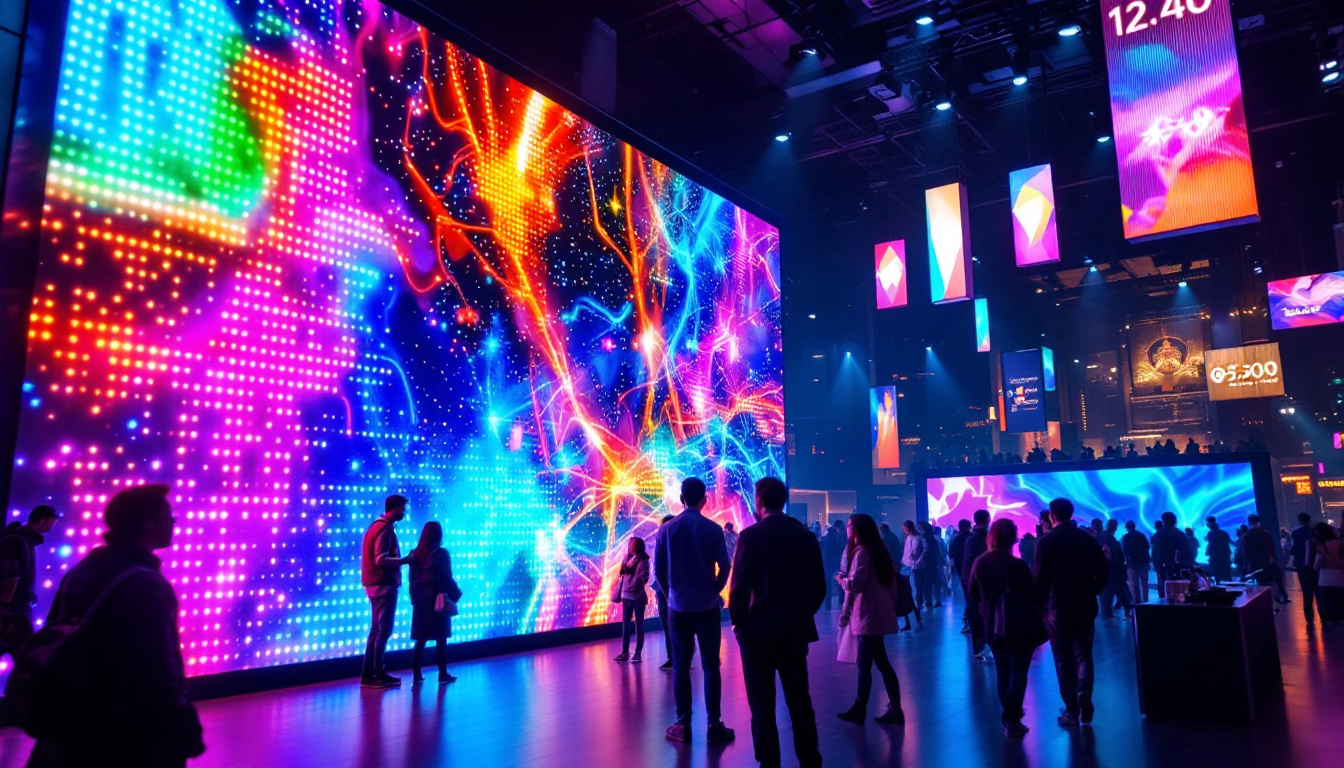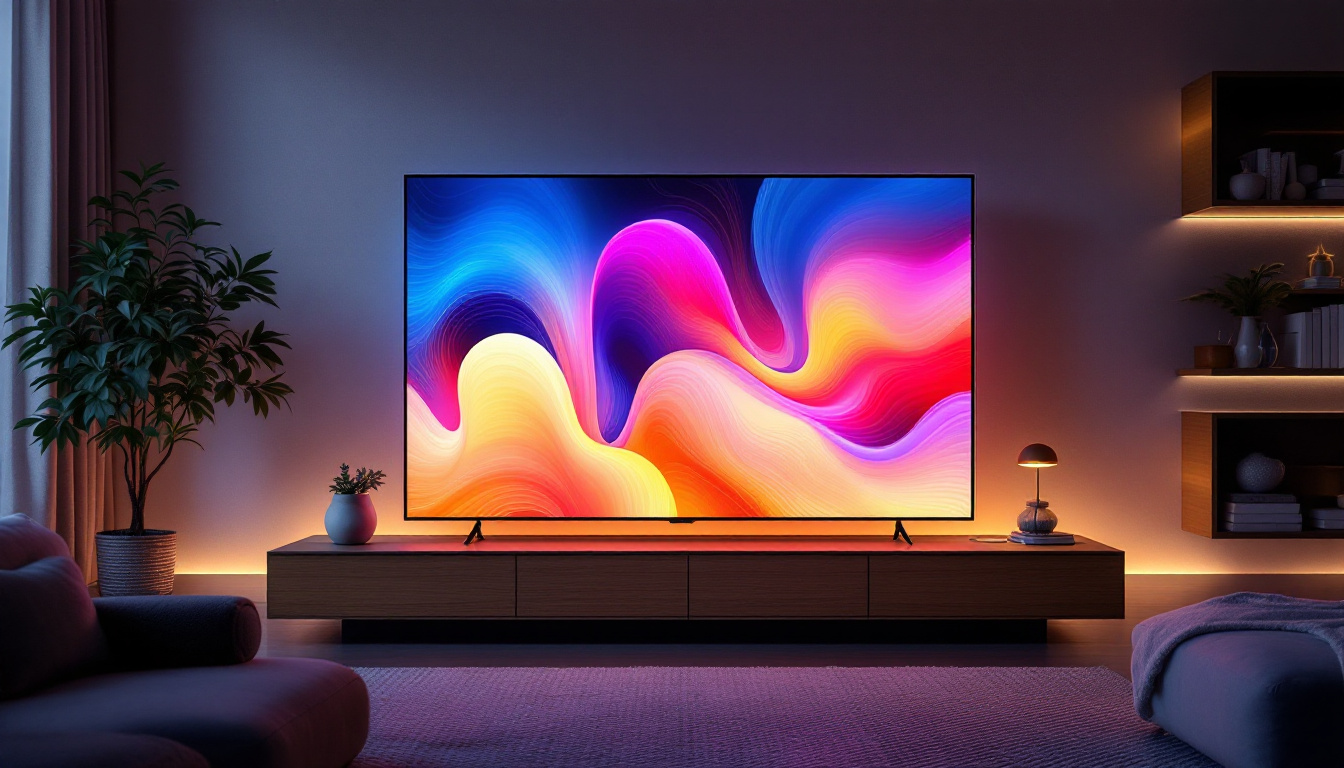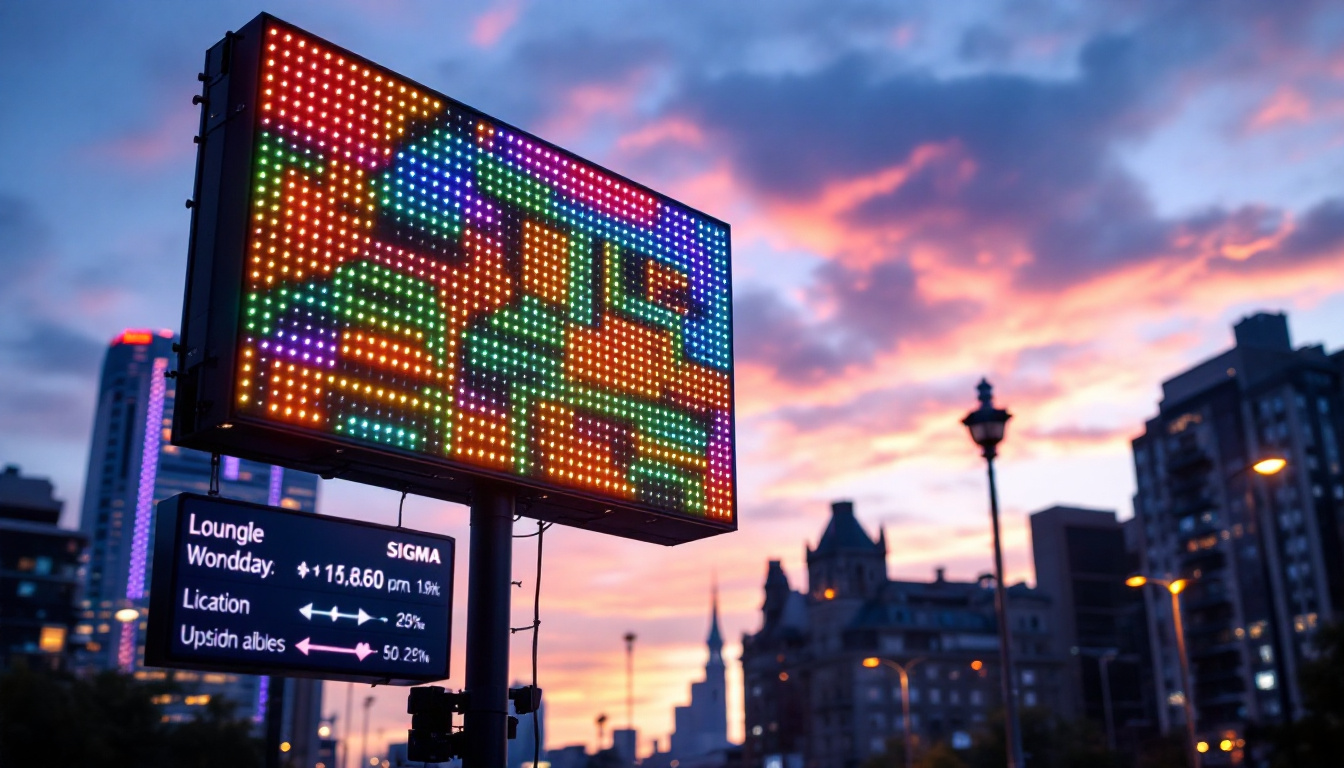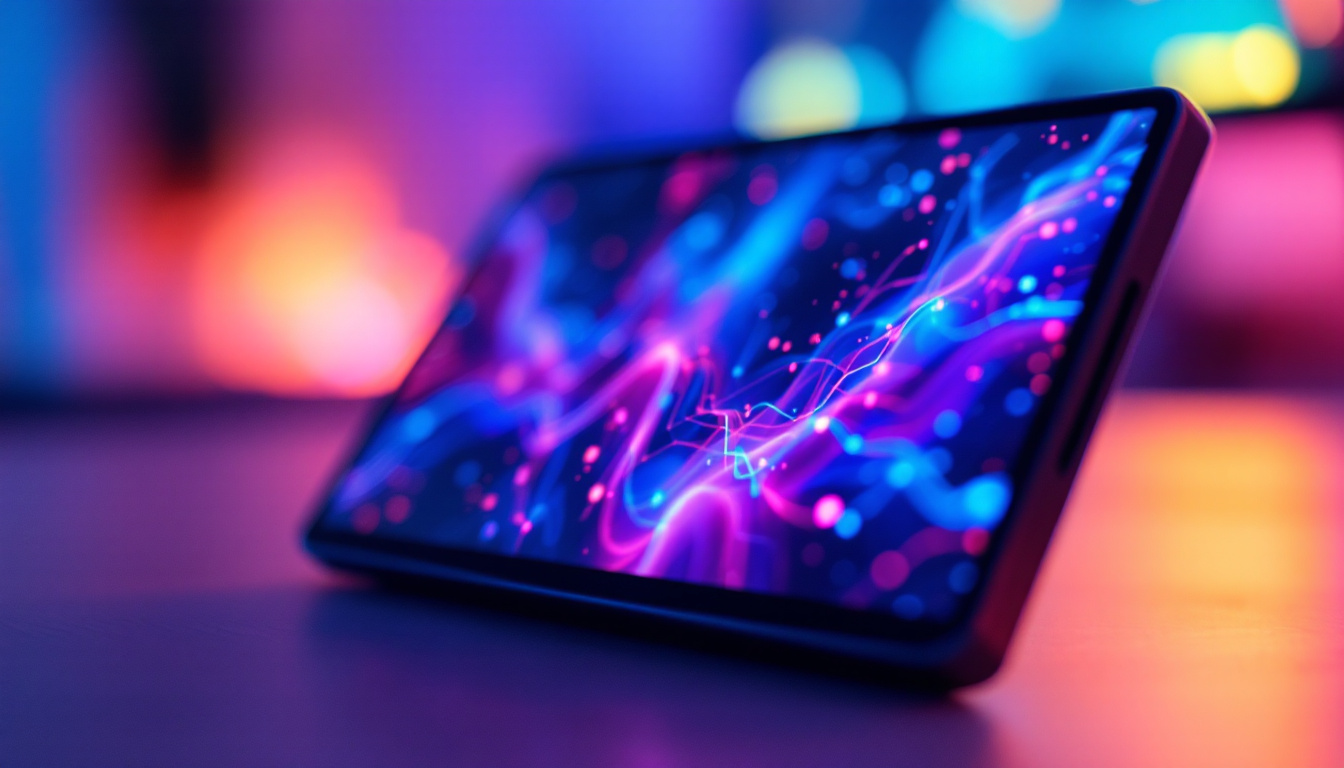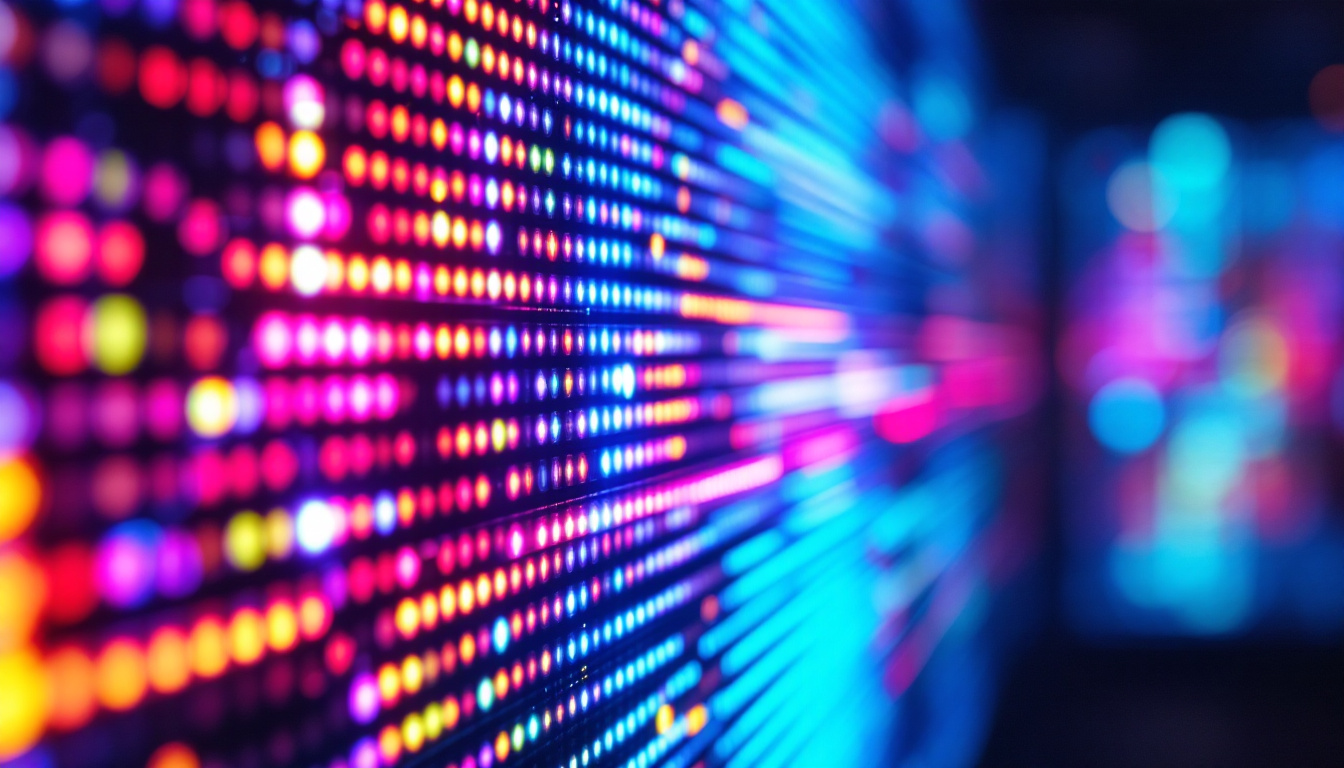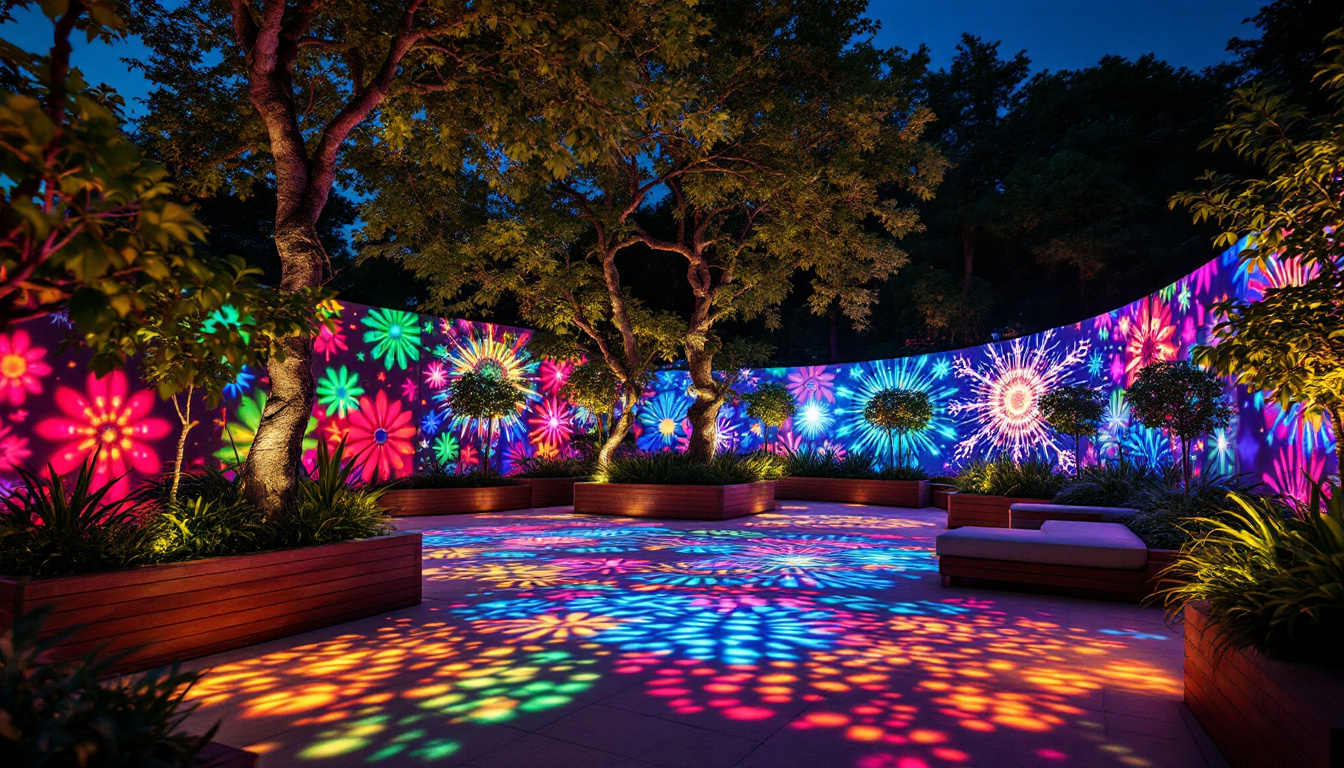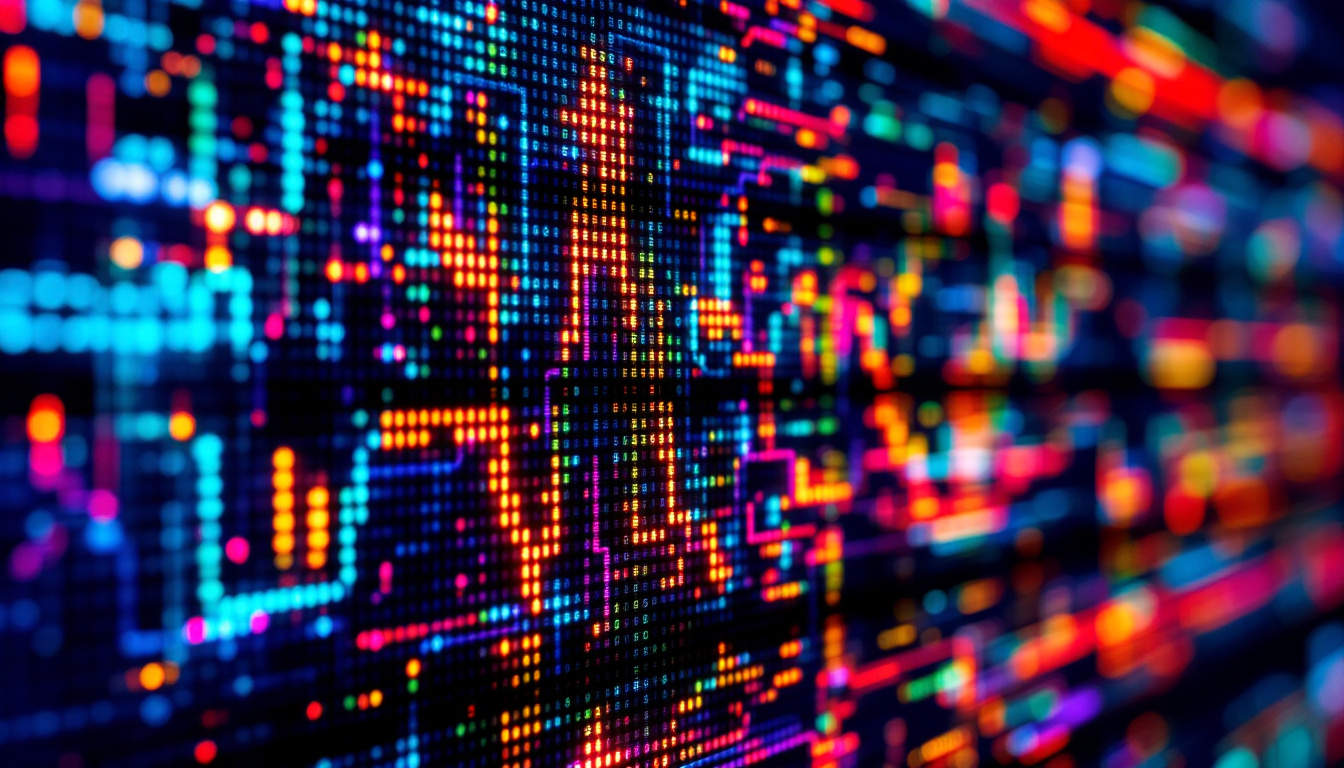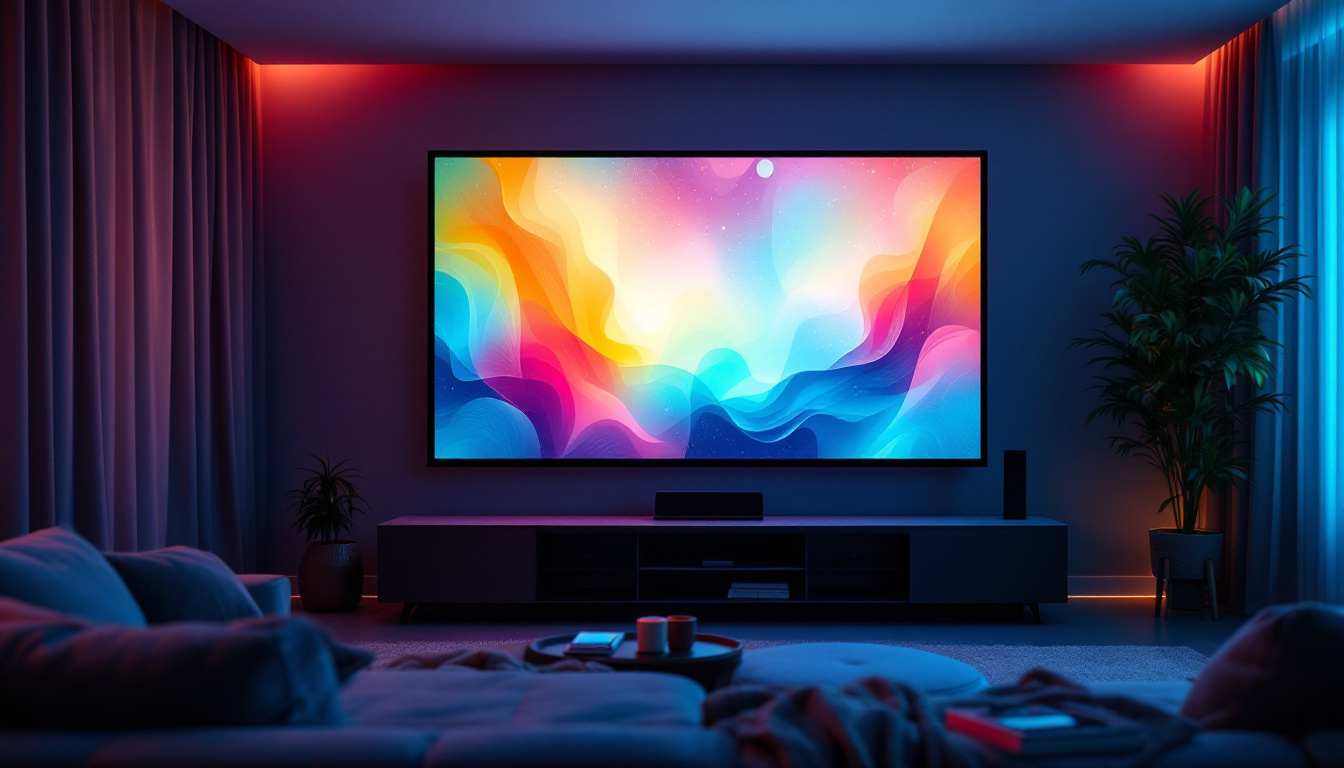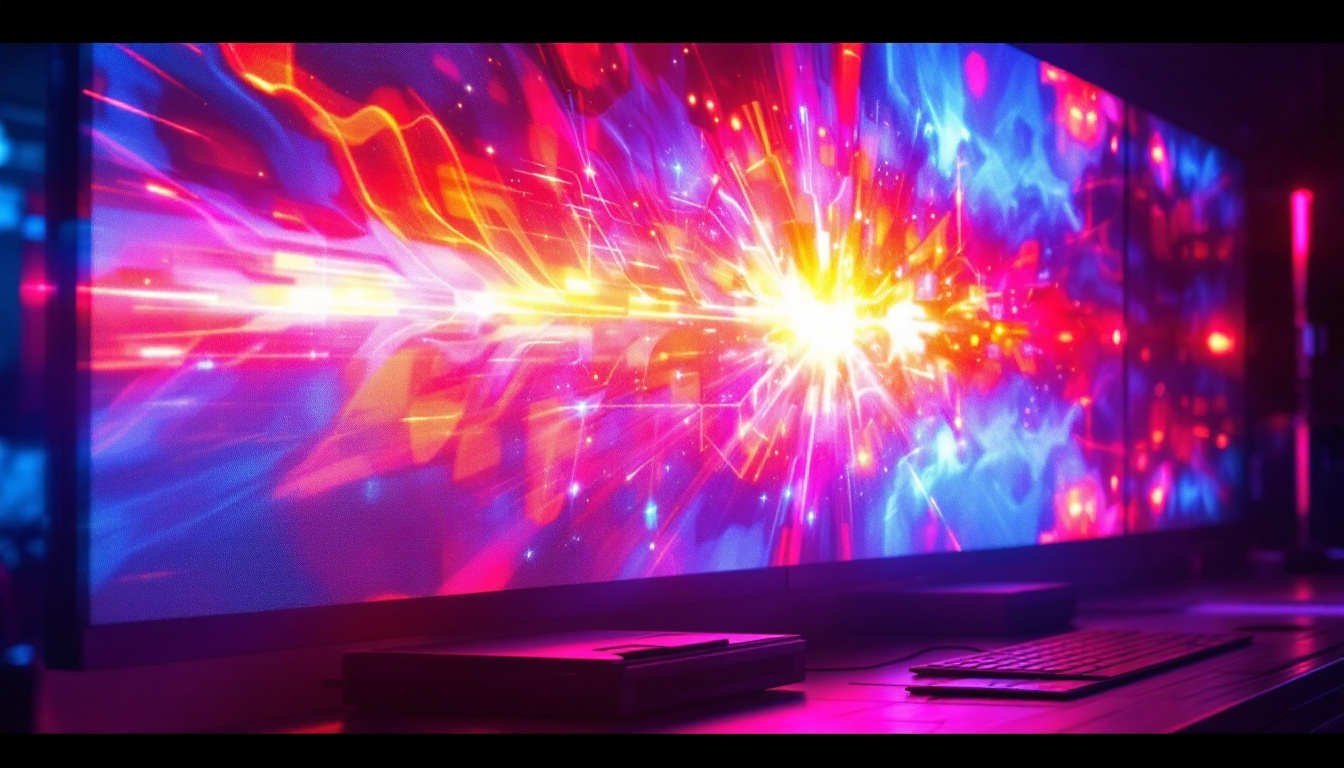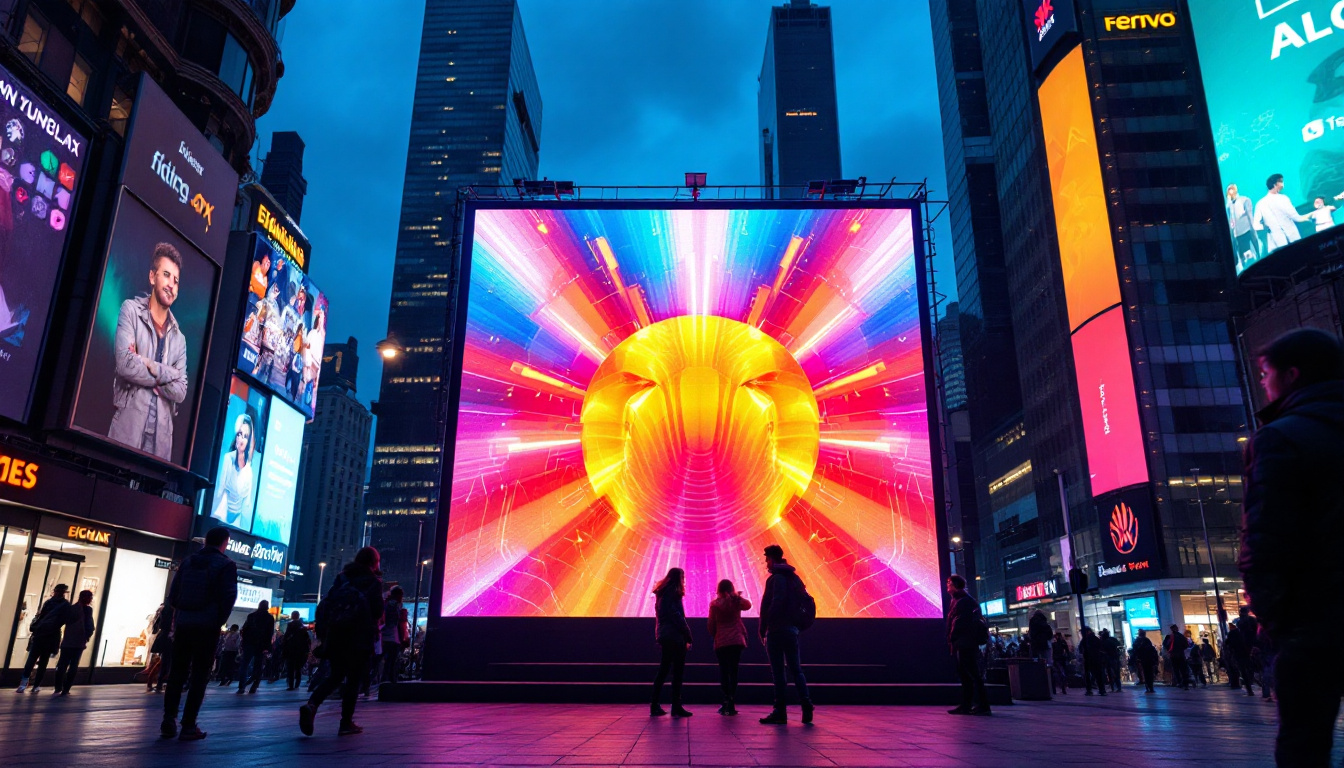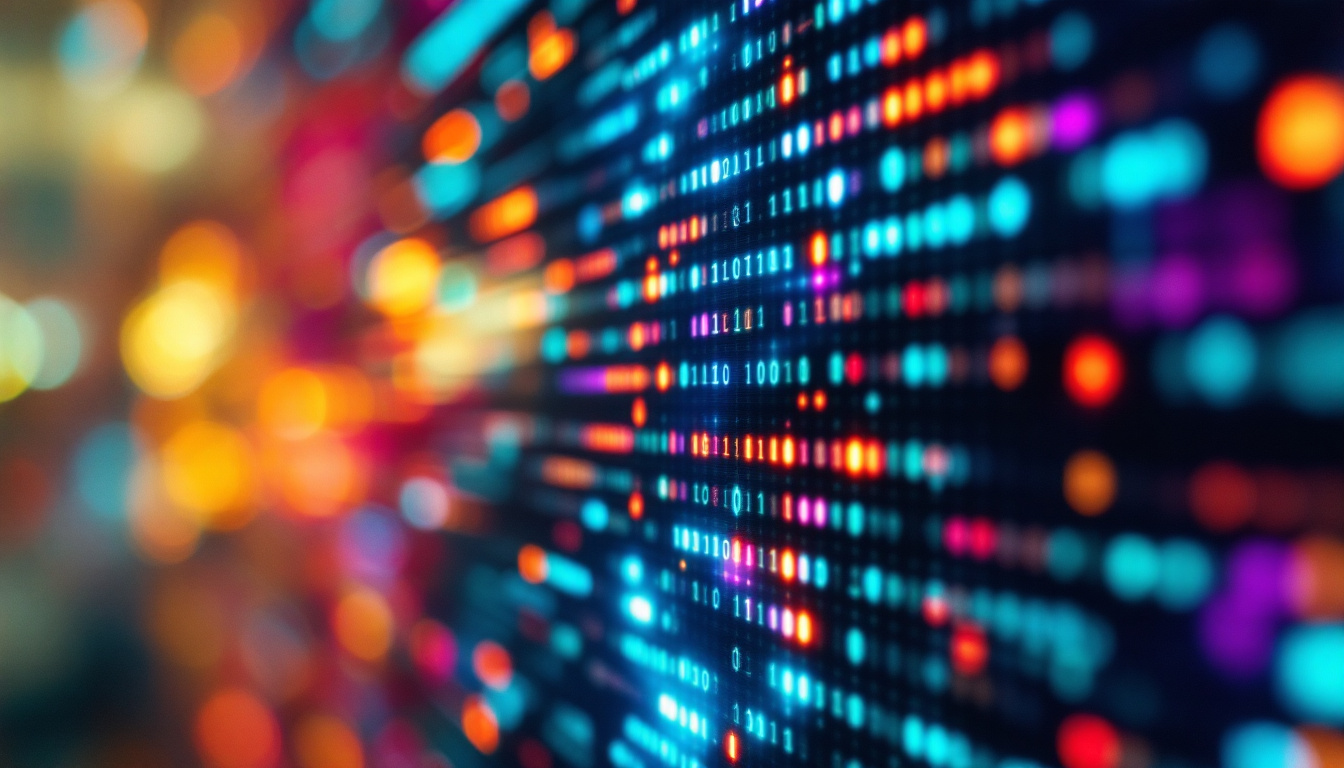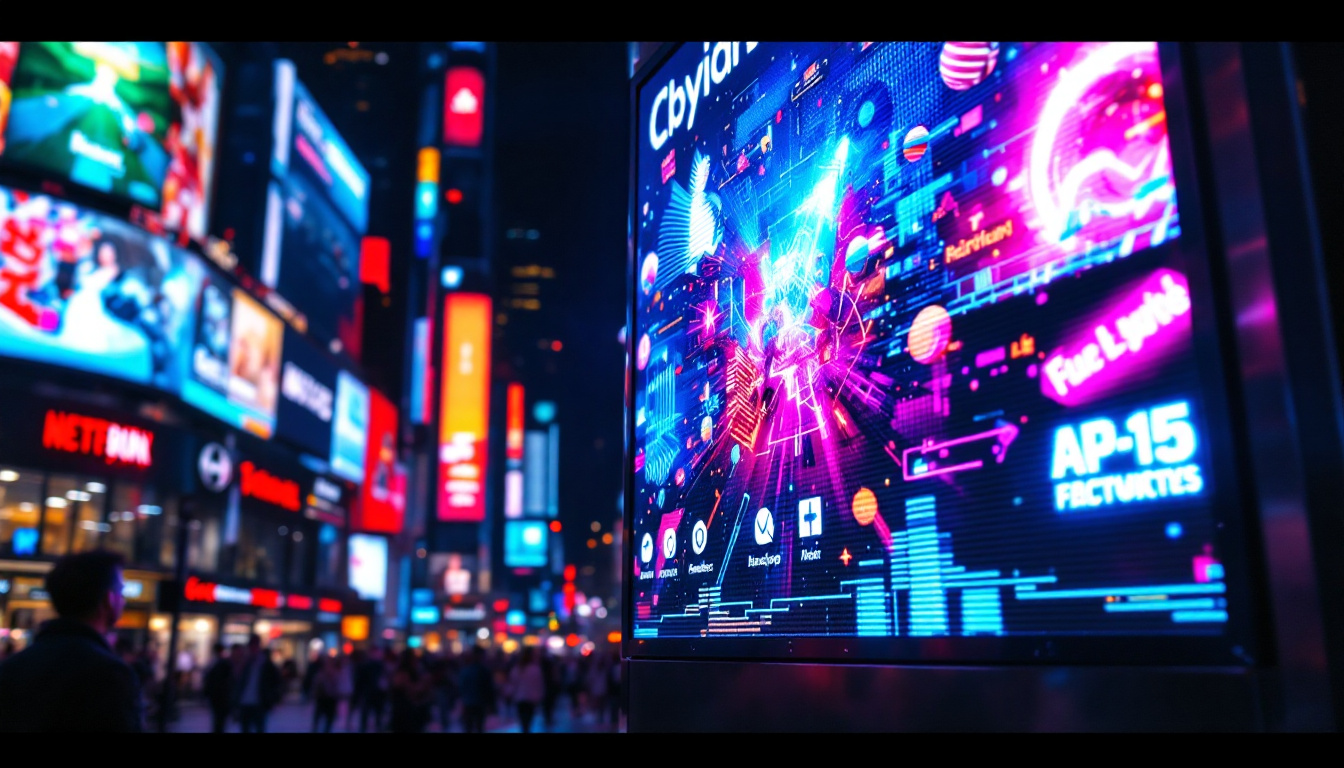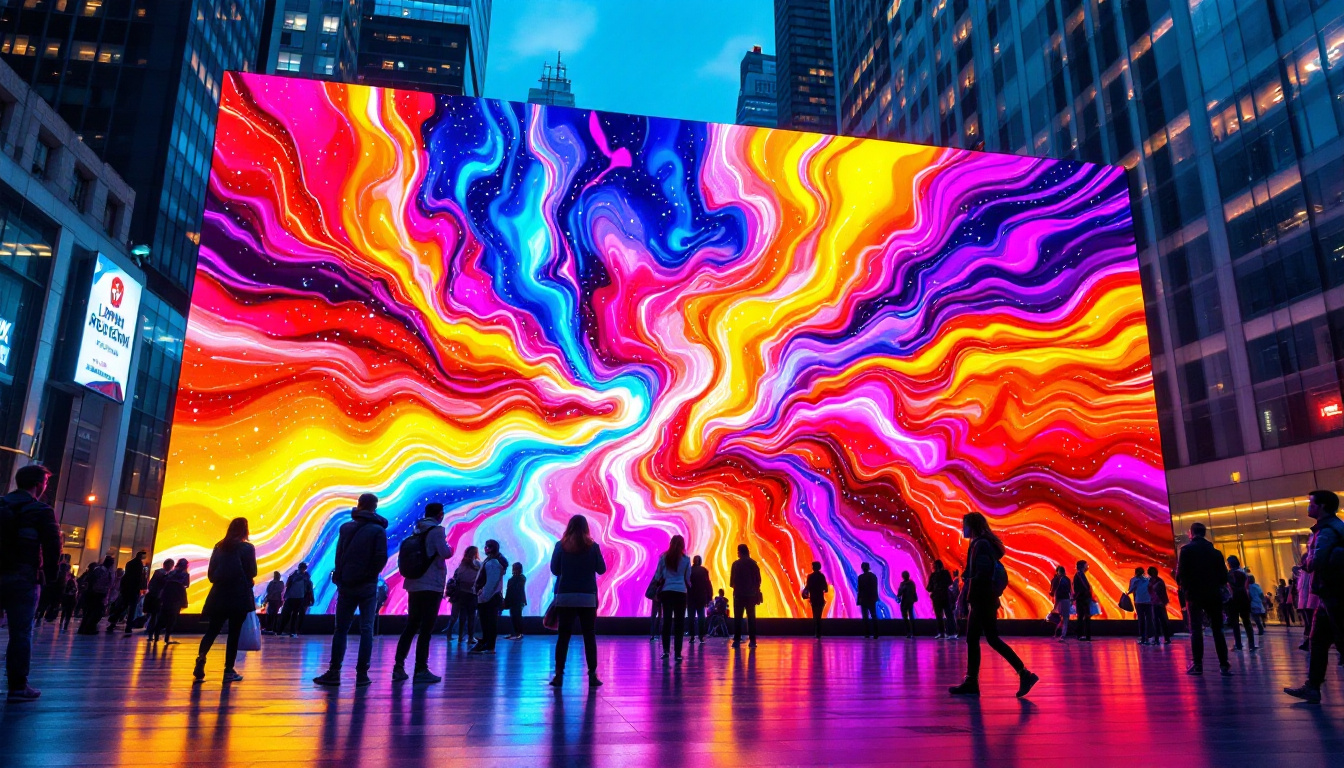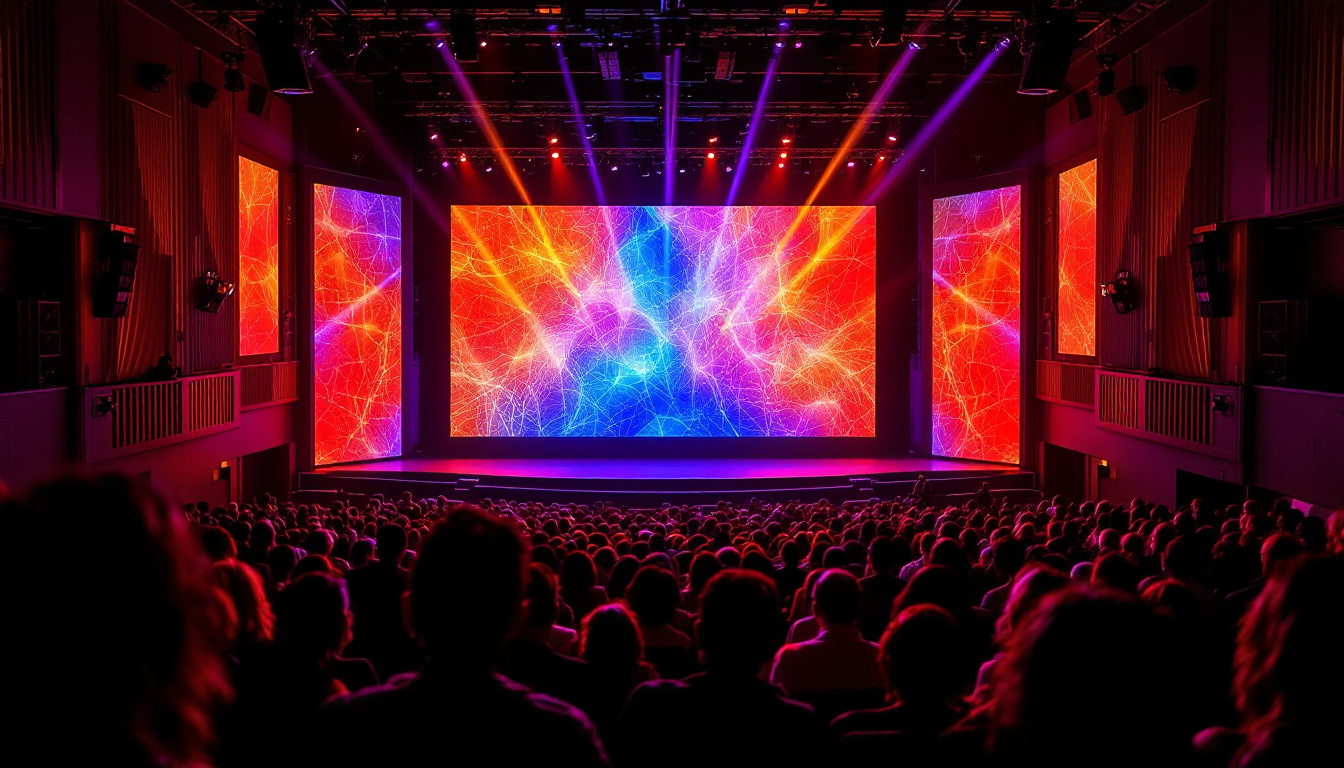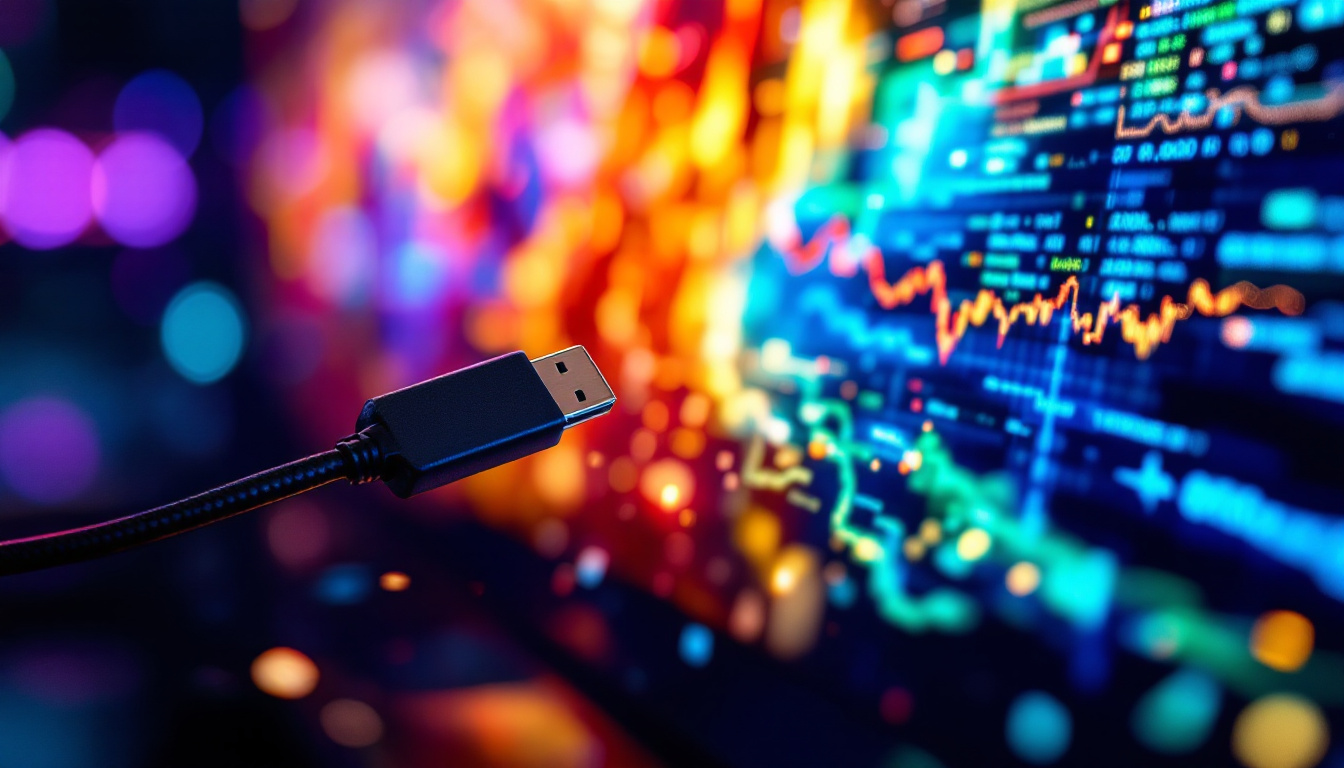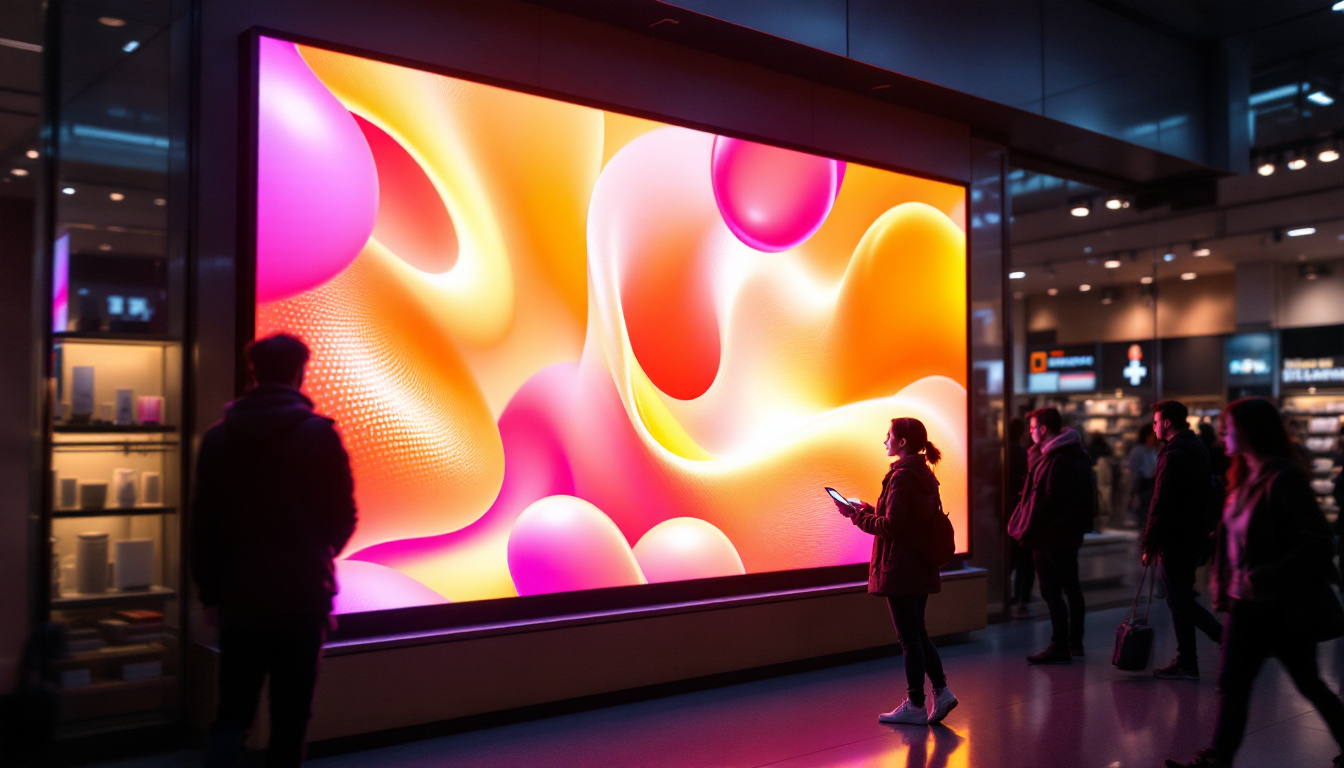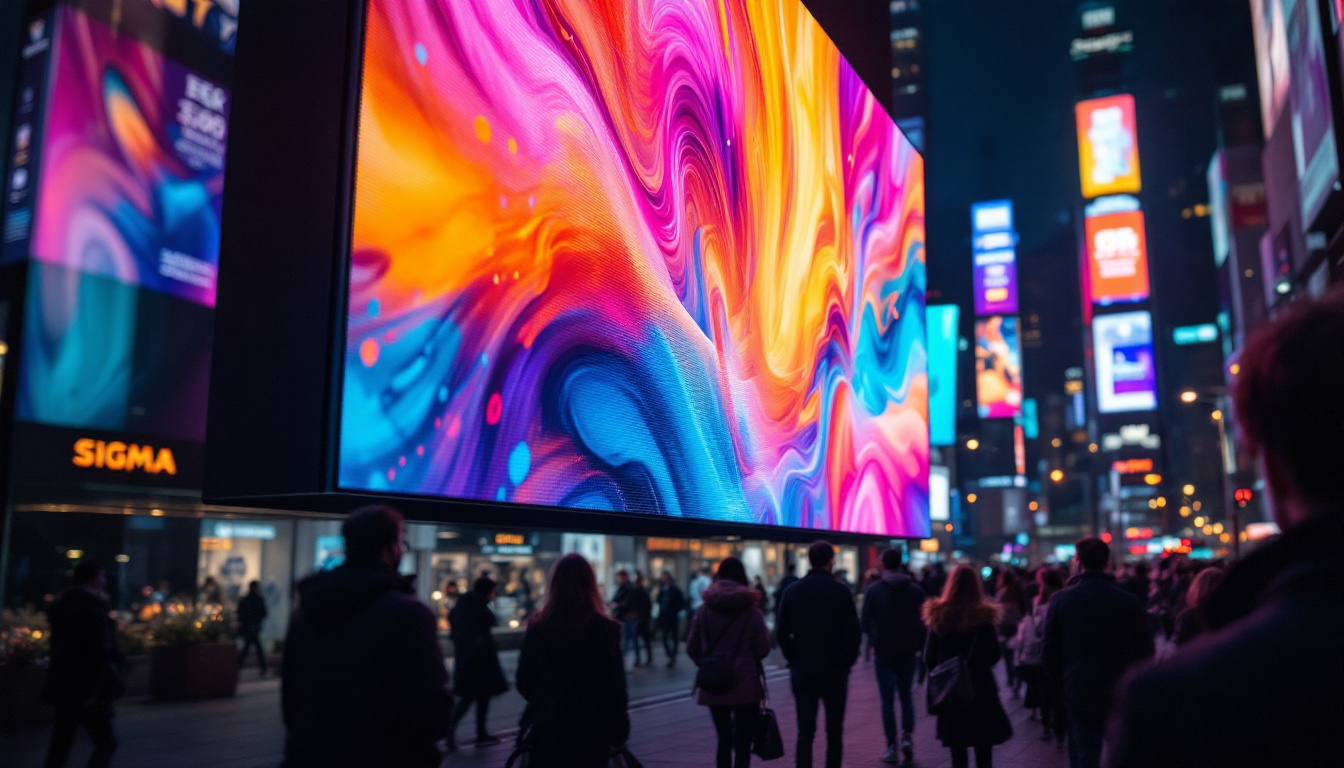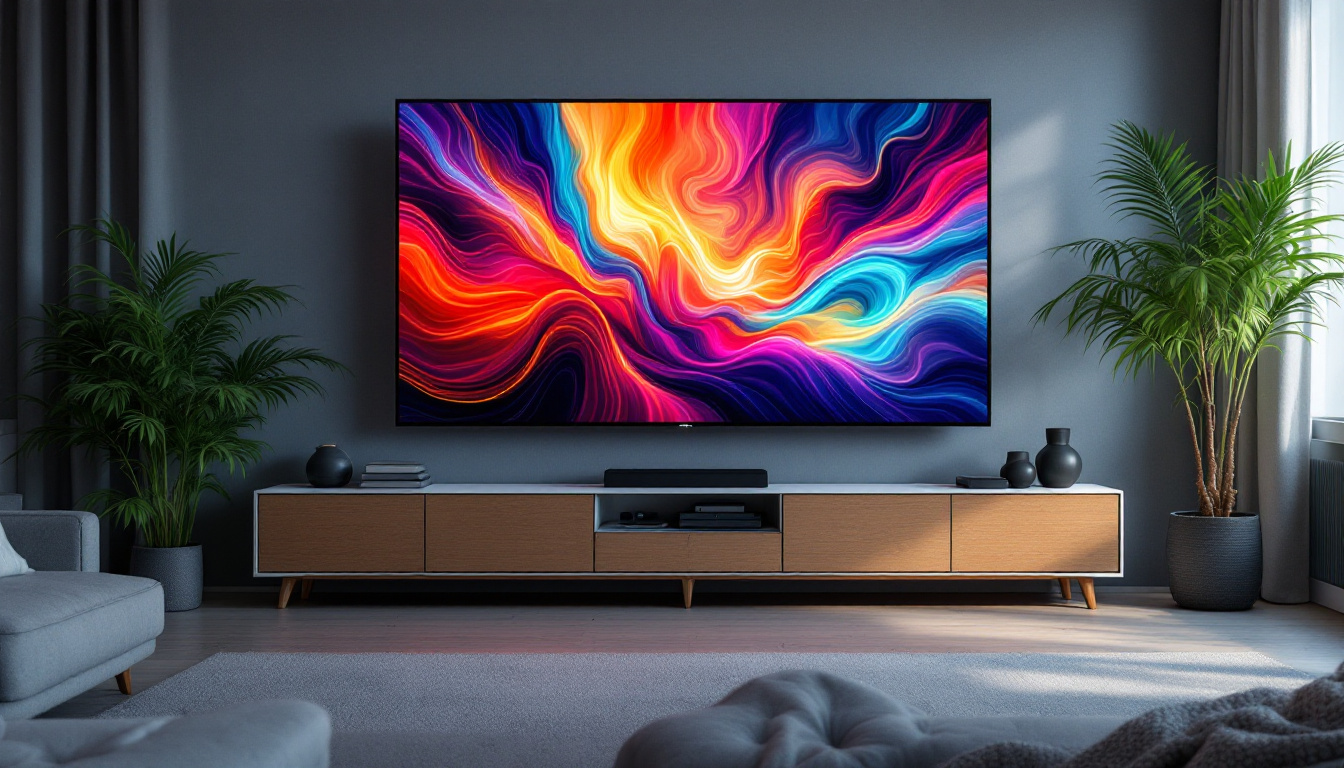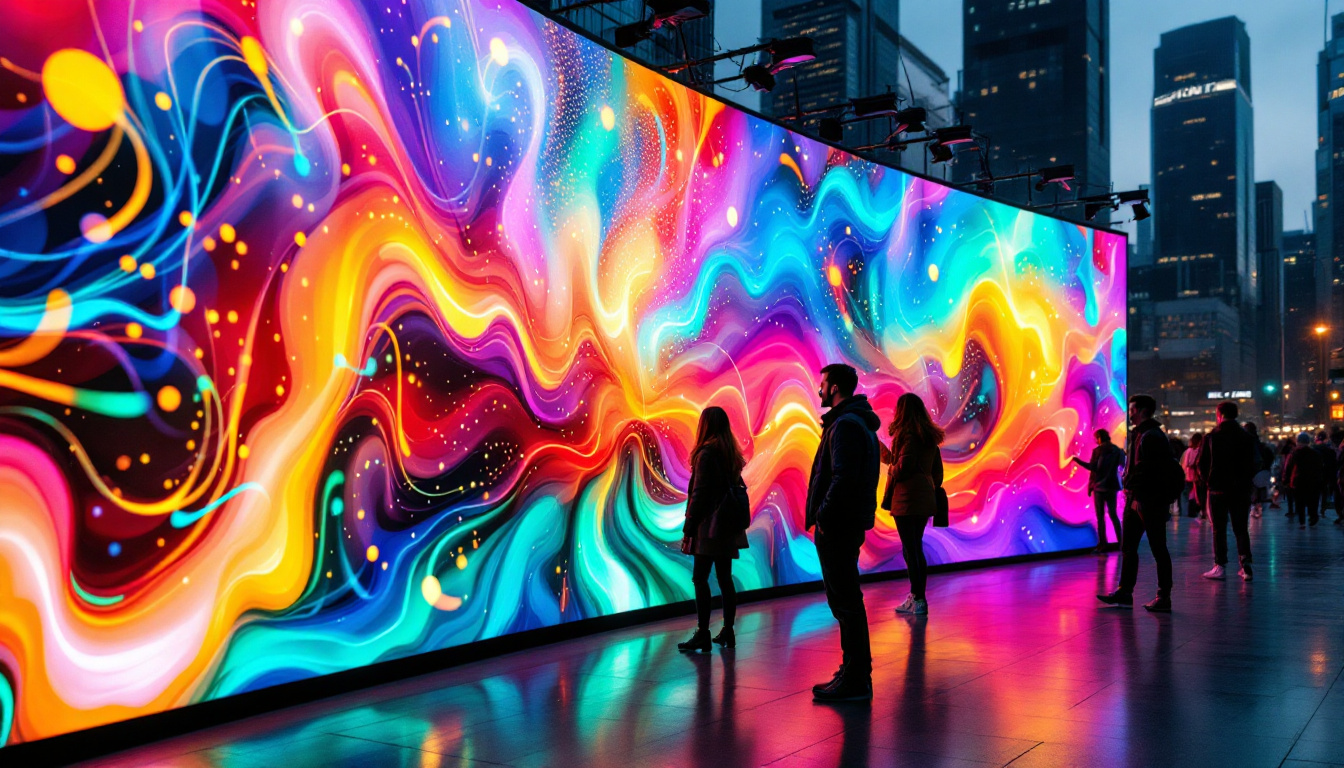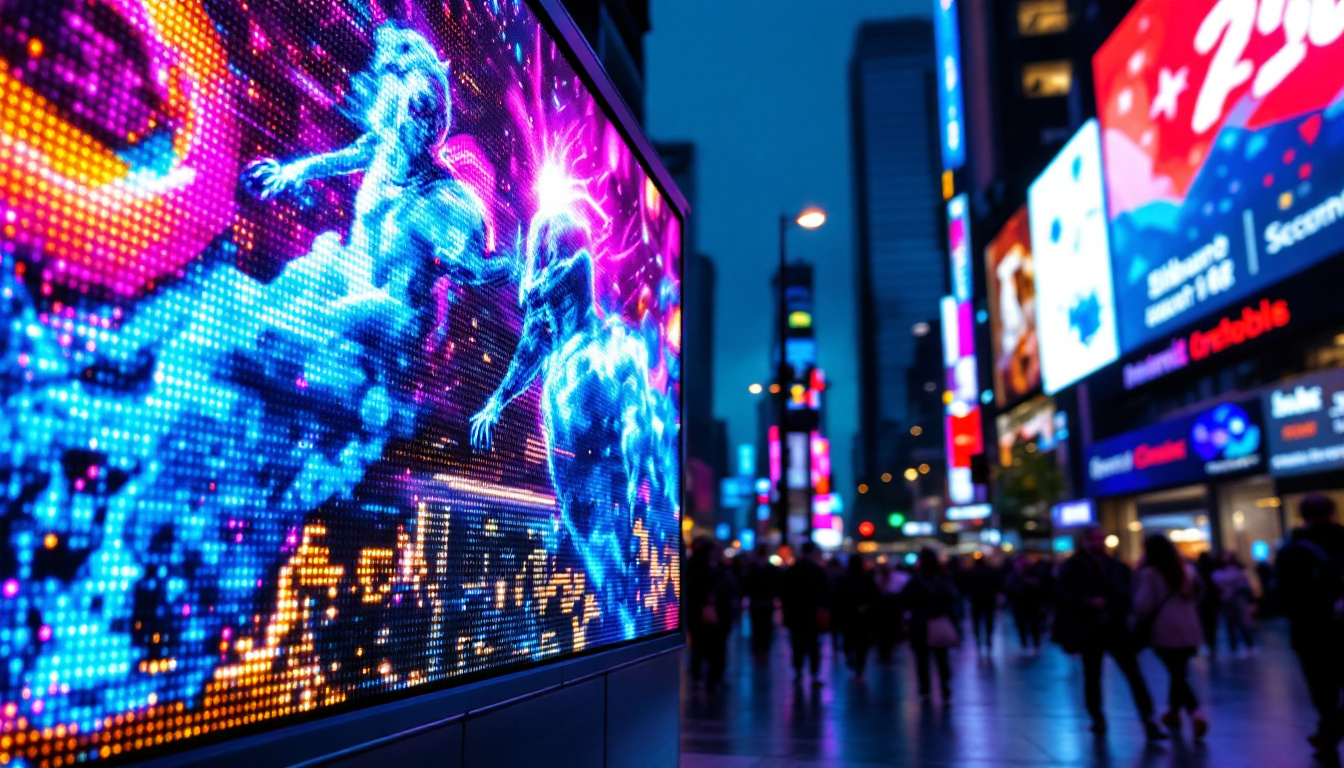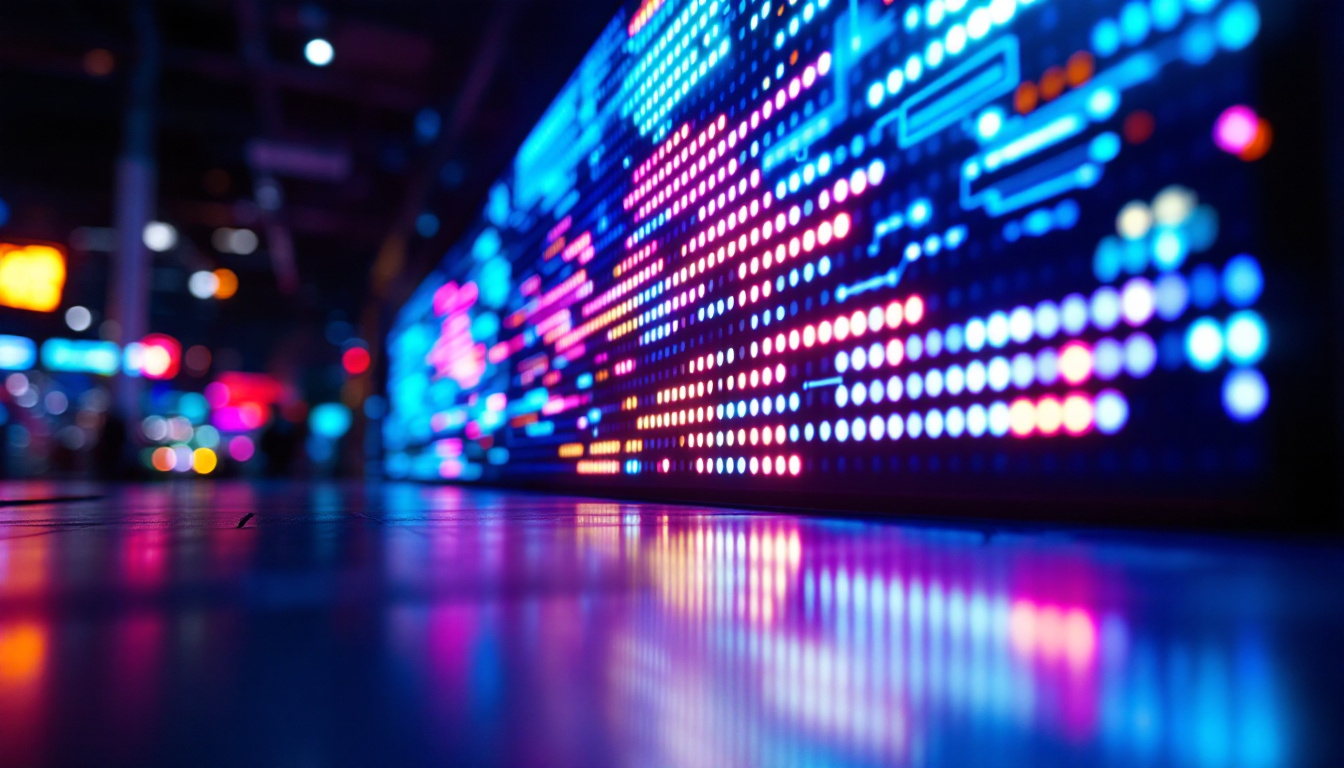In the modern world of visual communication, LED displays have emerged as a powerful tool for conveying information and engaging audiences. Whether in advertising, entertainment, or information dissemination, LED displays have transformed how messages are delivered. This article delves into the intricacies of LED displays, exploring their technology, applications, and benefits.
Understanding LED Technology
LED, or Light Emitting Diode, technology has revolutionized the display industry. Unlike traditional display technologies, LEDs offer numerous advantages, including energy efficiency, longevity, and superior brightness. The shift towards LED technology has not only enhanced visual experiences but has also contributed to significant energy savings, making it an environmentally friendly choice for consumers and businesses alike.
How LED Works
At its core, an LED is a semiconductor device that emits light when an electric current passes through it. This process, known as electroluminescence, occurs when electrons recombine with holes in the semiconductor, releasing energy in the form of photons. The color of the light emitted depends on the materials used in the semiconductor. For instance, using different semiconductor materials can produce a spectrum of colors, from deep red to bright blue, allowing for a wide range of applications in various fields.
LEDs can be combined in various configurations to create displays of different sizes and resolutions. By adjusting the intensity and color of each LED, complex images and videos can be rendered with remarkable clarity. This versatility has made LEDs the preferred choice for everything from small screens on handheld devices to massive outdoor displays that can be seen from great distances. Additionally, advancements in technology have led to the development of smart LEDs that can be controlled remotely, enabling dynamic content changes and interactive experiences.
Types of LED Displays
LED displays come in various types, each suited for specific applications. The most common types include:
- Direct View LED (DVLED): These displays consist of individual LED modules that are assembled to form a larger screen. They are often used for large outdoor billboards and indoor video walls, providing vibrant visuals that can capture the attention of passersby. The modular nature of DVLEDs allows for easy scalability, making them ideal for events and advertising campaigns that require flexibility in display size.
- LED-backlit LCD: This technology uses LEDs to backlight an LCD panel, improving brightness and contrast. It is commonly found in televisions and computer monitors. The combination of LED backlighting with LCD technology has led to thinner and lighter displays, enhancing the overall user experience while maintaining high-quality visuals.
- Organic LED (OLED): OLED displays utilize organic compounds that emit light when an electric current is applied. They offer superior color accuracy and contrast but are typically more expensive. The ability of OLEDs to produce deep blacks and vibrant colors has made them increasingly popular in high-end televisions and smartphones, where visual fidelity is paramount.
In addition to these common types, there are also specialized LED displays, such as transparent LEDs used in retail environments to create eye-catching advertisements without obstructing views. Another innovative application is flexible LED displays, which can be bent and shaped to fit unconventional spaces, opening up new possibilities for creative installations. As LED technology continues to evolve, we can expect even more exciting developments that push the boundaries of visual display capabilities.
Applications of LED Displays
LED displays have found applications across various sectors, showcasing their versatility and effectiveness in communication.
Advertising and Marketing
One of the most prominent uses of LED displays is in advertising. Billboards and digital signage equipped with LED technology can capture the attention of passersby with vibrant colors and dynamic content. Advertisers can easily change messages in real-time, allowing for targeted campaigns that can adapt to different audiences and times of day.
Moreover, the high brightness levels of LED displays ensure visibility even in direct sunlight, making them ideal for outdoor advertising. The ability to display video content also enhances engagement, as moving images are more likely to attract attention than static ones. This adaptability allows brands to experiment with various formats, from short promotional clips to longer narratives, all tailored to resonate with specific demographics. As a result, businesses can maximize their return on investment by utilizing data analytics to determine which messages perform best in real-time, further refining their advertising strategies.
Entertainment Industry
In the entertainment sector, LED displays have become a staple at concerts, festivals, and sporting events. Large-scale LED screens are used to display live feeds, graphics, and visual effects, enhancing the audience’s experience. The flexibility of LED technology allows for creative designs, such as curved or shaped screens, that can fit any venue.
Additionally, LED displays are increasingly used in theaters and cinemas to create immersive environments. The ability to produce high-quality visuals and synchronize with sound systems elevates the overall production value. This technology also extends to virtual reality experiences, where LED screens can create lifelike environments that transport audiences to different worlds. As the demand for more engaging content rises, the integration of LED displays in the entertainment industry continues to evolve, pushing the boundaries of creativity and audience interaction.
Information Dissemination
LED displays play a crucial role in information dissemination, particularly in public spaces. Transportation hubs, such as airports and train stations, utilize LED screens to provide real-time updates on schedules, delays, and other essential information. This instant communication helps streamline operations and enhances passenger convenience.
Furthermore, educational institutions are adopting LED displays for classrooms and auditoriums. They facilitate interactive learning experiences by displaying educational content, videos, and presentations in a visually engaging manner. The use of LED technology in education also supports collaborative learning, as students can share their work on larger screens, fostering a more inclusive environment. Schools are increasingly integrating these displays into their curricula, allowing for innovative teaching methods that cater to diverse learning styles. As technology continues to advance, the potential for LED displays in educational settings is boundless, promising to transform the way knowledge is shared and absorbed.
Benefits of Using LED Displays
The advantages of LED displays extend beyond their applications, making them a preferred choice for various industries.
Energy Efficiency
One of the most significant benefits of LED technology is its energy efficiency. LED displays consume considerably less power than traditional display technologies, such as incandescent or fluorescent lights. This not only reduces electricity costs but also contributes to a lower carbon footprint, making LED displays an environmentally friendly option.
Longevity and Durability
LED displays are known for their longevity. With a lifespan of up to 100,000 hours, they require less frequent replacements compared to other display technologies. This durability makes them a cost-effective solution in the long run, as businesses can save on maintenance and replacement expenses.
Moreover, LED displays are resistant to shock and vibration, making them suitable for various environments, including outdoor settings where weather conditions can be unpredictable.
High-Quality Visuals
LED displays offer superior image quality, with high brightness levels and excellent color accuracy. This capability ensures that content is displayed clearly and vibrantly, regardless of the ambient lighting conditions. The ability to produce deep blacks and bright whites enhances contrast, resulting in a more visually appealing experience for viewers.
Challenges and Considerations
While LED displays offer numerous benefits, there are challenges and considerations that potential users should keep in mind.
Initial Costs
One of the primary challenges associated with LED displays is the initial investment. The cost of purchasing and installing LED technology can be higher than traditional display options. However, businesses should consider the long-term savings associated with energy efficiency and reduced maintenance costs when evaluating the overall value.
Technical Expertise
Implementing LED display technology may require technical expertise, particularly for larger installations. Proper installation and calibration are essential to ensure optimal performance. Organizations may need to invest in training staff or hiring specialized professionals to manage and maintain the displays effectively.
Content Management
To maximize the impact of LED displays, effective content management is crucial. Businesses must develop engaging and relevant content that resonates with their target audience. This may involve regular updates and creative design work, which can require additional resources and planning.
The Future of LED Displays
The future of LED displays looks promising, with ongoing advancements in technology and applications. As the demand for high-quality visual communication continues to grow, innovations in LED technology are expected to enhance performance and expand capabilities.
Integration with Smart Technology
One of the most exciting trends is the integration of LED displays with smart technology. This includes the use of sensors and data analytics to tailor content based on audience demographics and behavior. For example, digital signage can adjust messages in real-time based on the time of day or the number of viewers, creating a more personalized experience.
Improved Resolution and Flexibility
Advancements in LED technology are also leading to improved resolution and flexibility. High-definition and ultra-high-definition LED displays are becoming more accessible, allowing for stunning visuals that were previously unattainable. Additionally, flexible LED panels are being developed, enabling creative installations that can conform to various shapes and surfaces.
Environmental Sustainability
As sustainability becomes a priority for many organizations, LED technology is evolving to become even more eco-friendly. Manufacturers are focusing on reducing the environmental impact of production and disposal, ensuring that LED displays contribute positively to sustainability goals.
Conclusion
LED displays have become an integral part of modern communication, offering a dynamic and engaging way to convey information. Their versatility, energy efficiency, and high-quality visuals make them a preferred choice across various industries, from advertising to entertainment and education.
While challenges exist, the benefits of LED technology far outweigh the drawbacks. As advancements continue to shape the future of LED displays, organizations that embrace this technology will be well-positioned to enhance their communication strategies and engage their audiences effectively.
In a world where visual impact is paramount, LED displays are not just a trend; they are a vital component of effective communication in the digital age.
Discover LumenMatrix’s Advanced LED Solutions
Ready to elevate your visual communication strategy with the latest in LED display technology? Explore LumenMatrix’s comprehensive range of LED display modules, designed to captivate your audience and amplify your message. From vibrant Indoor and Outdoor LED Wall Displays to innovative solutions like Vehicle LED Displays, LED Posters, and Custom LED Displays, LumenMatrix is at the forefront of creating immersive visual experiences. Whether you’re looking to engage fans with LED Sports Displays or transform spaces with Floor LED Displays and LED Transparent Displays, LumenMatrix has the cutting-edge technology to bring your vision to life. Check out LumenMatrix LED Display Solutions today and join the revolution in digital signage and visual communication.

